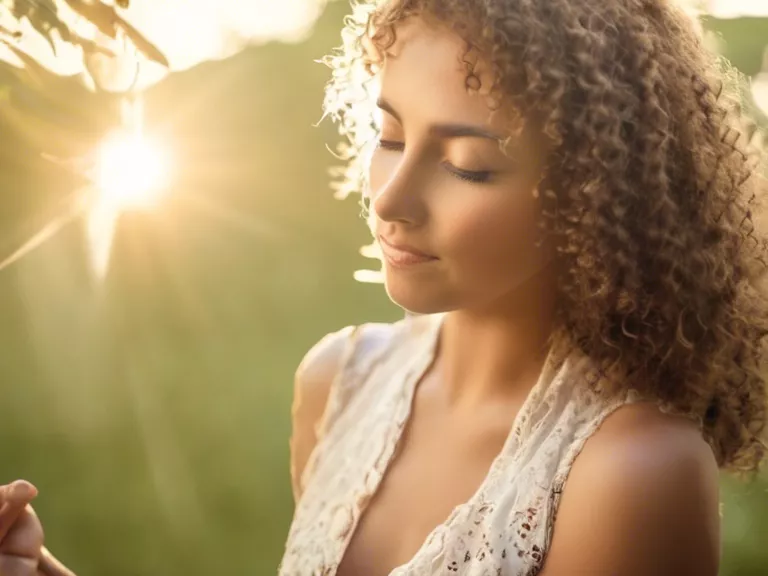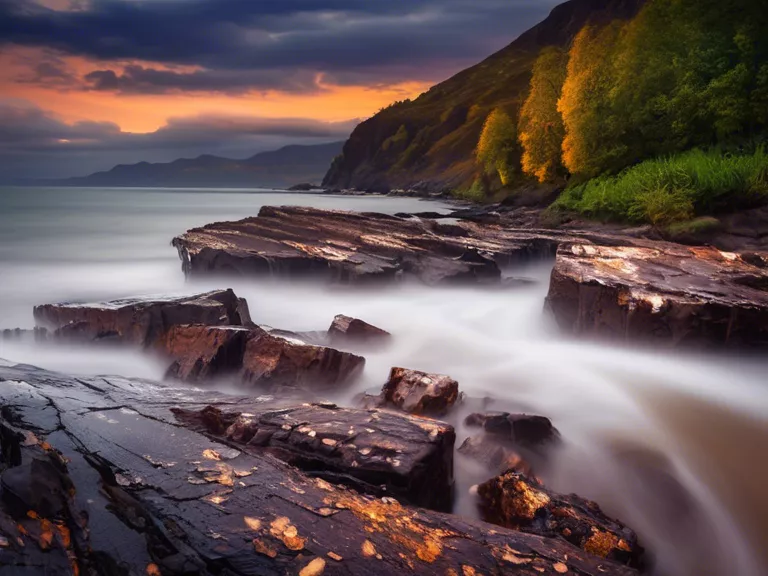
Natural light can be a photographer's best friend, providing soft, flattering illumination that can enhance your images in ways that artificial lighting often can't. To make the most of natural light in your photography, here are some best practices to keep in mind.
Understand the Quality of Light: Pay attention to the time of day and weather conditions when shooting outdoors. The most flattering light typically occurs during the golden hours around sunrise and sunset, when the light is softer and warmer. Cloudy or overcast days can also provide diffused light that's great for portraits.
Use Reflectors and Diffusers: Reflectors and diffusers can help you manipulate natural light to achieve the look you want. Reflectors can bounce light back onto your subject to fill in shadows, while diffusers can soften harsh sunlight by scattering it.
Adjust Your Exposure: Depending on the amount of available light and the look you're going for, you may need to adjust your camera settings. Pay attention to your exposure settings and consider using manual mode to have more control over the final result.
Avoid Harsh Shadows: Direct sunlight can create harsh, unflattering shadows on your subjects. Look for shaded areas or use a diffuser to soften the light and create a more even and pleasing look.
Experiment with Backlighting: Backlighting can create a beautiful and dreamy effect in your photos. Try positioning your subject in front of a light source to create a halo effect or rim lighting that adds a sense of drama to your images.
By following these best practices, you can make the most of natural light in your photography and create stunning images that stand out.



